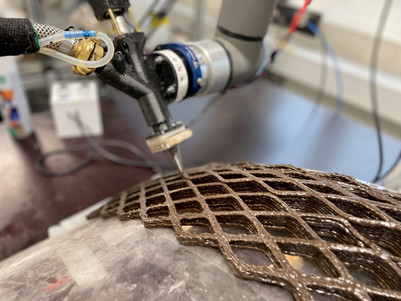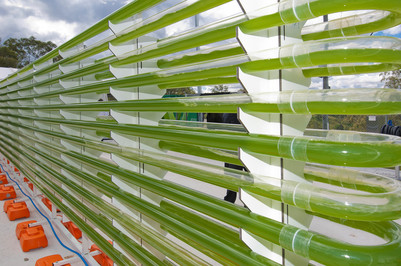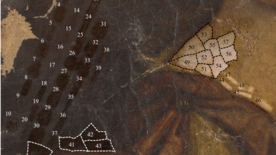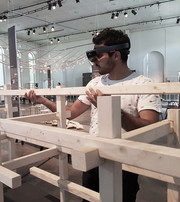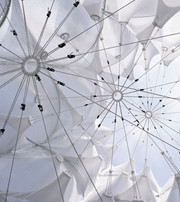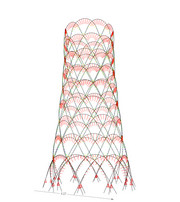
The Great Indoors
My research at Center for Interior Studies centers around what I call ‘the great indoors’, which I use in juxtaposition and as an extension of the ‘great outdoors’.
The latter has for centuries occupied the spatial imagination as a realm of inaccessible otherness (sea monsters on maps of unexplored parts, the heavenly Jerusalem, the Arctic, Mars). What Quentin Meillassoux calls “le grand dehors” is an utterly removed, barely imaginable, yet ever-present great outdoors (Meillassoux, After Finitude, 2006).
The great indoors is then that space defined against this “entirely elsewhere” – an extended reproduction of the familiar, made up of objects, framed views and stable climatic conditions. The Great Indoors addresses a wide range of spatial practices that deal with the seemingly ‘known’ (probed, categorized, conquered) spanning categorization (in Carl Linnaeus’ cupboards), exhibiting ‘the world’ (in the Crystal Palace), digitalization and digital archival (in the ‘cloud’) - spatial practices that share a spatiality of disappearance and a conflicted approach to haptic materiality. In my research, the great indoors can designate a place of possible withdrawal from the perceived harmful effect of human life on the planet and a mismanagement of resources in the Anthropocene.
About Natalie Körner
Natalie Körner teaches at the master’s programme Spatial Design and works as an architectural historian at the Centre for Privacy Studies at the University of Copenhagen. As a practicing architect and historian, Natalie Köerner combines architecture, artistic research and academic work to explore the connection between environmental imaginaries, contemporary privacy concerns and their historical roots. This research converges in her work on the Great Indoors, where larger societal concerns manifest as spatial strategies.






